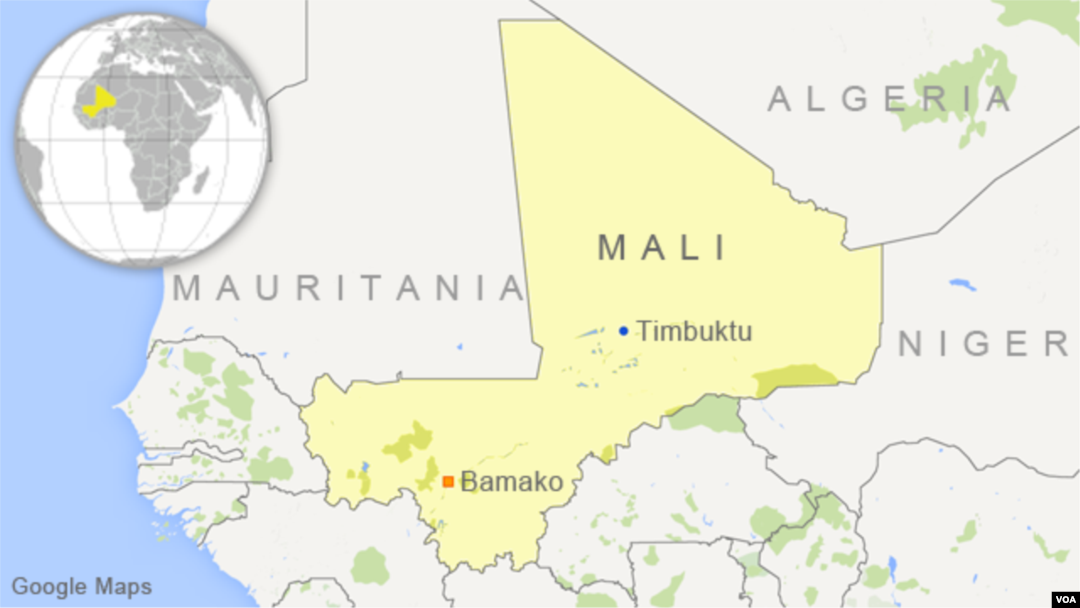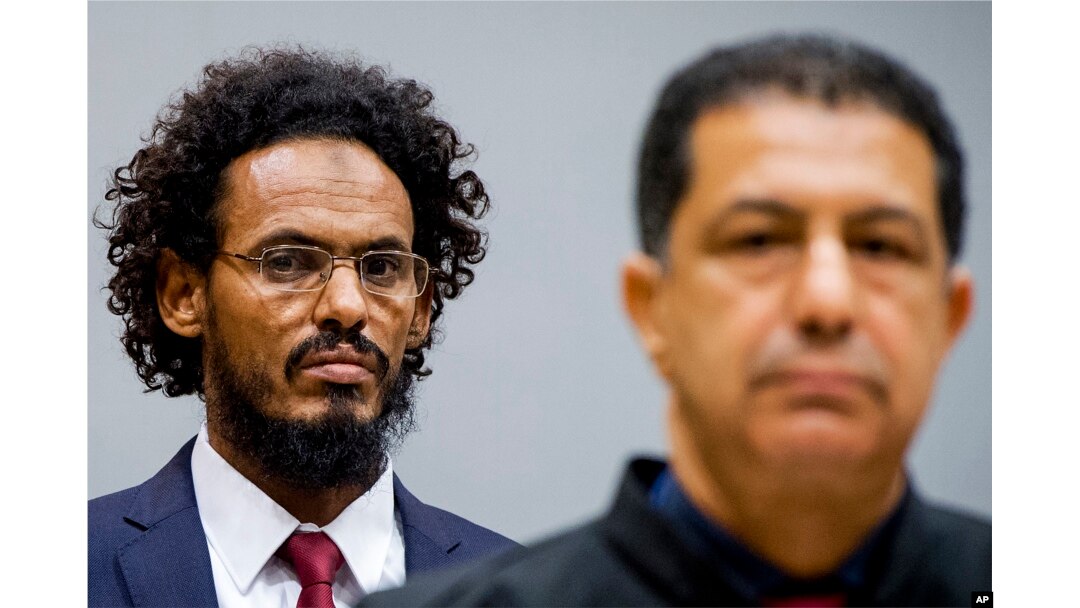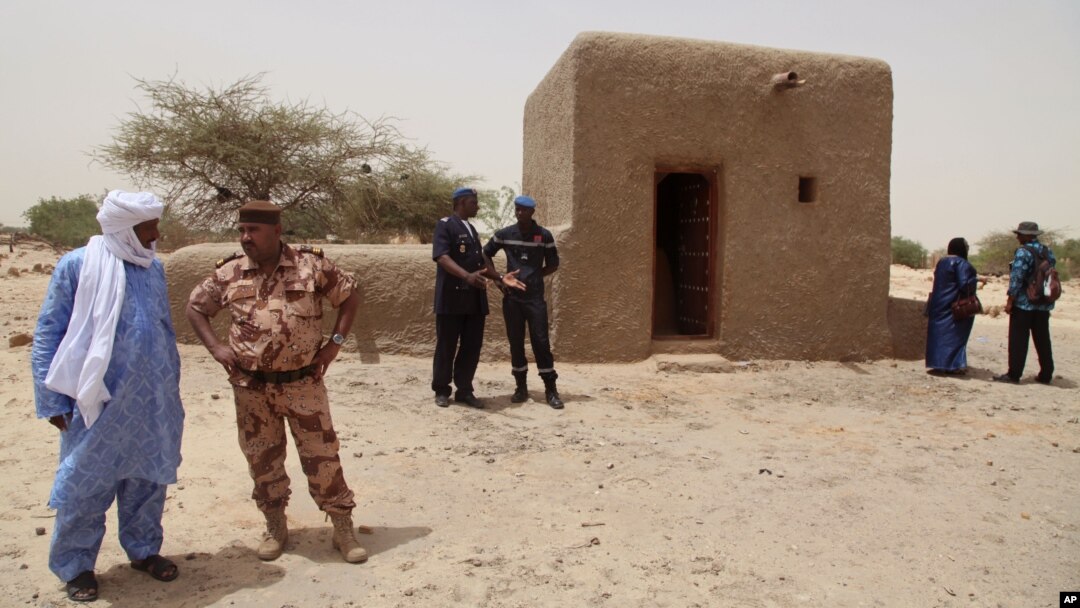Timbuktu’s historic mausoleums, destroyed during the Islamist occupation of the city in northern Mali, have risen from the ruins. Local builders pressed ahead with efforts to rebuild the structures even as the U.N. struggles to raise money for the campaign.
Alasane Hassey, the head mason of Timbuktu, gently unwraps a piece of his turban.
“This is a half a meter. Unfolded, it’s one meter," he said. "Before the French arrived and we switched to the metric system, builders used their turbans to measure the houses.”
When efforts by the U.N. to restore the mausoleums destroyed by the jihadists dragged on, Hassey, a traditional builder, decided to take matters into his own hands.

Timbuktu. Mali
Intensive rebuilding
Starting with the library next to the historic Djingareyber mosque, he began to rebuild what the occupiers had torn down.
“When they began their destruction of Timbuktu we, the population, suffered," he said. "We tried to tell them that this is part of the world heritage, but they wouldn’t listen, and you don’t fight someone holding gun. When the Islamists finally left, we didn’t have the means to rebuild the mausoleums,” said Hassey.
The jihadists destroyed a total of 14 mausoleums in Timbuktu during their occupation of the city, and others in northern Mali during 2012.
Last week, an alleged Islamic fighter charged with the destruction of the mausoleums and a mosque appeared at the International Criminal Court. The 40-year-old civil servant is the first suspect in the court's custody charged with the war crime of attacking religious or historical monuments.

Ahmad Al Mahdi Al Faqi, left, enters the court room for his initial appearance at the International Criminal Court in The Hague, Netherlands, Sept. 30, 2015.
Human rights groups have welcomed the arrest of the alleged attacker, while urging prosecutors to file more charges against him, including rape and forced marriage.
“The Islamists took what they wanted, they looted and pillaged, but they also committed crimes that were far more serious than the burning of, for example, the manuscripts,” said Mahamane Diallo, the caretaker of a small library in Timbuktu.
Timbuktu is a historic center of Islamic learning and is listed as a World Heritage Site. When the jihadists forced their harsh version of Islamic law on the population, they also took away part of the city’s soul, said Ibrahima Fofana with the government’s world heritage department.
“Social and financial structures were disrupted during the occupation," he said. "It's not just about restoring historic buildings, but to regain our heritage and the way citizens included the mausoleums into their daily life.”
Ongoing restoration
The mausoleums have been restored. What's left is a monument, the mosque and manuscripts.
The next phase of the restoration will start in October, after the rainy season ends, but Hassey can not say how long the project will actually take.
UNESCO is attempting to raise $11 million to help restore Timbuktu's cultural treasures. Six months after announcing the project, UNESCO has raised only $3 million, less than one-third of the goal.


